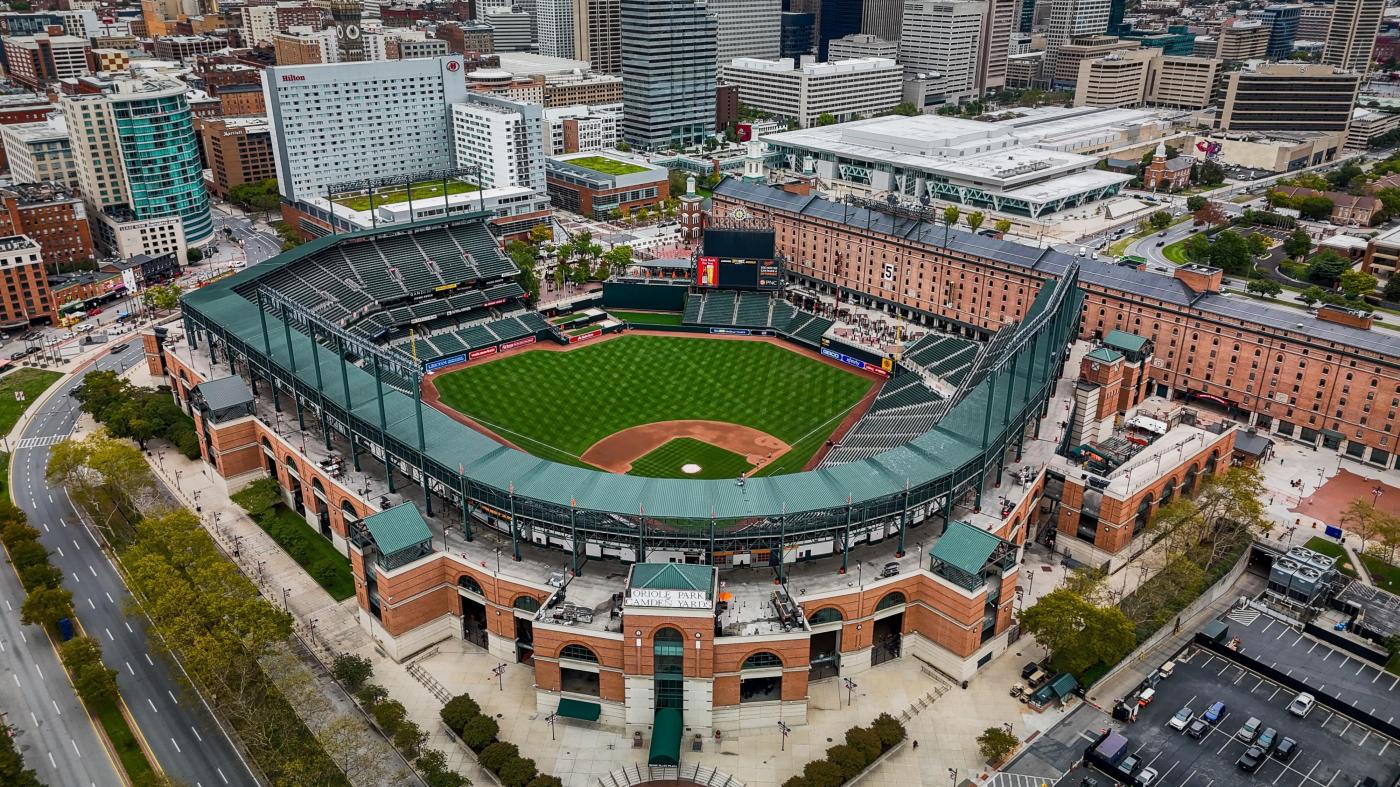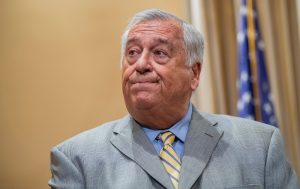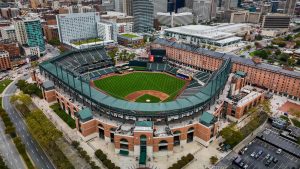
Dan Rodricks: Why do the Orioles and Ravens need $1.2 billion in stadium improvements? | STAFF COMMENTARY
On the first day of October, Matt Williams, the co-founder and sales director of Mount Royal Soaps in Baltimore, asked me why the Ravens and Orioles needed $600 million each to improve the stadiums where the teams play.
“What is wrong with how the stadiums are now?” Williams wondered in an email. “I go to games at both stadiums all year, and the experience is always amazing.”
The soap man has a point. I mean, $1.2 billion is a lot of green, and these publicly owned stadiums are not that old. Oriole Park opened in 1992, M&T Bank Stadium in 1998. I have cookie sheets older than that.
Obviously, there can be unforeseeable expenses in the upkeep of sports stadiums used over years by millions of football, baseball, soccer and rock fans.
But $1.2 billion? How did the Maryland General Assembly, in authorizing the Maryland Stadium Authority to borrow that amount, arrive at that figure? And what will it be used for?
Some of this information has already trickled out.
In January, The Sun’s Jeff Barker reported on what the Ravens plan to do with part of their money: “Options being considered include new field-level vantage points and social spaces, and excavation of a service level beneath the stands so it rings the stadium instead of stopping part way around.”
During spring training, The Sun’s Nathan Ruiz asked John Angelos, chairman and CEO, how the Orioles would spend their $600 million.
“I think there’s a lot of stuff behind the scenes, boilers and air conditioning and all kinds of stuff” that fans will never see, Angelos said. “You’ve got to put 100, 150, whatever it is, 200 million [dollars] into the Ravens and Orioles’ physical plant to make it work.
“What do you do with the rest? I mean the things you see around the league — amenities, improved seating areas … audio video systems. We’ve had two scoreboards, two audiovisual systems in the history of Camden Yards. The first one was done in ‘92 or ‘91 when the stadium was opened … and then it was replaced in ‘08 or ‘09. That’s 15 years ago.
“Now those kinds of things really aren’t capital improvements. They’re capital replenishments to bring things back up to standard. … It’s not really an option. I’d like to say leave it the way it is, right? But eventually … the technology burns out, the parts go away, and you have to do these things.”
Angelos also mentioned what he called “nice-to-haves,” but added: “We’re not down to that specific level.”
A lot of this still sounded fuzzy to me, and it didn’t seem to add up to $1.2 billion.
So, on Oct. 8, I wrote to the MSA to ask how the legislature arrived at that number.
It took nearly a month to get an answer to a question you’d think the MSA would have readily available.
The answer was not much of one.
It was presented in an email in two parts: A “statement” from MSA Chair Craig Thompson and “background” on the $1.2 billion.
The “background” part took a swipe at former MSA Chair Tom Kelso, who has publicly criticized the authority’s negotiations with the Orioles, and at former Gov. Larry Hogan.
The “background” part said of the $1.2 billion: “It is unclear how Mr. Kelso and Gov. Hogan arrived at those exact numbers, though Mr. Kelso indicated in his testimony before the House Appropriations Committee that the amount was informed by what teams in similar markets were getting — especially in stadiums built after the construction of Oriole Park at Camden Yards.”
The other part of the email, Thompson’s statement, was a defense of the agreement between the state and the Orioles touted in a big public way by Gov. Wes Moore at Oriole Park on Sept. 28. What originally looked like a 30-year lease agreement turned out to be a nonbinding memorandum of understanding.
“The MOU,” said Thompson, “is about so much more than baseball. It’s about responsible revitalization for and visionary investment in Maryland’s largest city. It’s about getting the best deal for Maryland taxpayers under pre-negotiated terms. And it’s about ensuring that a critical economic contributor to the city, state and region remains in Baltimore City.”
Ah, yes. There it is, the time-honored justification for big public subsidies of wealthy sports franchises: If we don’t do it, they might leave us.
Next year will mark 40 since the Colts fled in the middle of the night for Indianapolis. Baltimore sports fans are often reminded of the possibility of being jilted again.
No one thinks that of the Ravens; they signed a lease through 2037, with options to extend it through 2047. But a worry about the Orioles leaving town still nibbles at the civic psyche, and it apparently influences negotiations with the team — despite Angelos’ very public pledge to stay, despite Major League Baseball’s intent to expand to 32 teams and the MLB commissioner’s declaration that the Orioles will not leave Baltimore, making a relocation seem even more doubtful.
Still, the state must be worried about something: In addition to the $600 million, the MOU proposes that the Orioles receive a “safety and repair fund” for ballpark projects that could cost another $99 million over 30 years.
Nobody asked me, but that seems like a lot of taxpayer money to prevent something that seems unlikely to happen.
()


